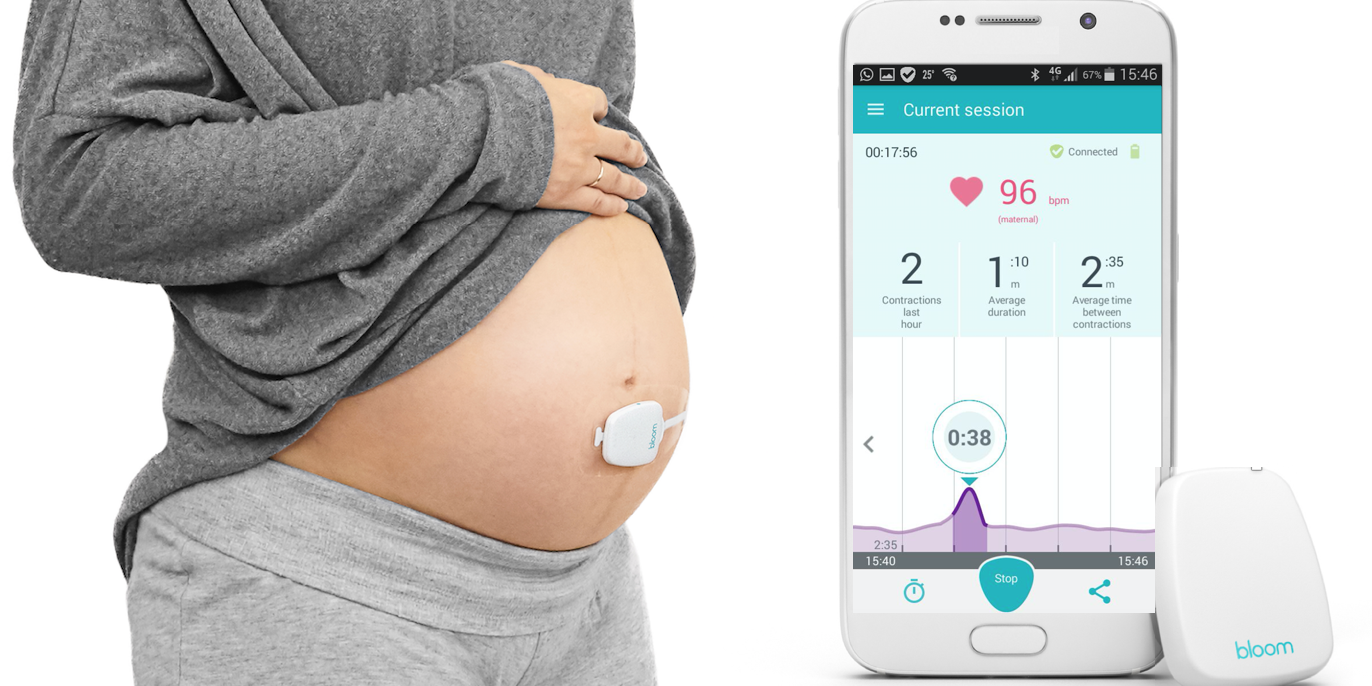Earlier this month, we saw a bunch of clever new baby-related gadgets make their debut at the Consumer Electronics Show. While some might prove useful — I would have killed for a breast pump like Willow — others are more likely to drain parents’ wallets without providing anything of real value.
Illustration by Angelica Alzona.
Editor’s Note: While some of the products that are listed aren’t officially available in Australia, it’s not difficult these days to procure electronic goods from overseas so it’s still worth learning more about these dubious baby wearables.
The more dubious gadgets include the Bloomlife contraction monitor, the Ava fertility tracking bracelet, and a whole class of products (already on the market) that promise to alert you if your sleeping baby stops breathing. These are all areas where parents would love to have information they can act on, so I can totally relate. But if the gadgets are really useful, why are you hearing about them from a consumer show and not from your doctor? It turns out there’s a reason for that.
Some Devices Are Sold to Consumers Because They have Been Rejected by Medical Professionals

If a new health wearable storms on the market as the first in its category, no one could blame you for assuming it’s the first to do what it promises to do. But some of these new health wearables actually have a history as medical devices — and it’s not always a promising one.
Take the the $US149 ($198) uterine activity monitor from Bloomlife. It’s a new product, but the idea of measuring and tracking a pregnant woman’s contractions is nothing new. A 1998 study of home contraction monitors found that they didn’t help detect early labour or predict delivery. The American Congress of Obstetricians and Gynecologists (ACOG) says that recommending these monitors to prevent preterm birth is unethical since there is no evidence that they help, and goes on to say they subject the pregnant person to “unnecessary costs both financial and personal.”
With a contraction monitor on the free market, anybody can decide they want one regardless of whether it’s recommended. I might have considered one for my third pregnancy, since I almost didn’t make it to the birth center on time with my second. Back then I tried to time my contractions with a free phone app, but in the haze of pain I kept forgetting to hit either the start or stop button. That meant I wasn’t really sure whether my contractions were at the textbook five minutes apart. But instead of ordering a device, I could have asked my husband to help me time them — or just realised that if I’m too out-of-it to remember to hit a button, I’m probably in labour.
Without a clear use case for a product, it ends up feeling like we’re getting the medical industry’s rejects. Selling “peace of mind” really means cashing in on insecurity. It implies: Without this device, you should worry. But the researchers who actually studied the topic came to the opposite conclusion.
Just Because You Can Monitor Something Doesn’t Mean You Can Do Anything About It

You know a wearable device is useful if you can take action based on the information it collects. If your Fitbit says you haven’t taken many steps today, you can go for a walk after dinner. But if a device collects information you can’t actually use, and isn’t even useful to view or review after it’s collected, what’s the point?
Baby breathing monitors like the Owlet smart sock ($US250 ($332)) and the Monbaby button-sized baby monitor ($US150 ($199)) fall into this category. They appeal to new and expecting parents who are terrified of sudden infant death syndrome (SIDS) and who, even without gadgets, will likely creep into their baby’s bedroom just to make sure the kid is still breathing. This is a great scenario from a marketer’s point of view. They give people data they want, and people will pay a lot if they think their baby’s safety is at stake.
The manufacturers of these devices don’t make claims about being able to save lives. Instead they sell the idea of “peace of mind.” But there’s no guarantee that silence means your baby is fine, and checking the app might raise your anxiety level more. A 1988 review published in the Annals of the New York Academy of Sciences found exactly that. While the technology has changed since then — no more fiddly wires, for example — the usefulness of the device hasn’t.
To this day, the American Academy of Pediatrics (AAP) recommends against breathing monitors for healthy babies. Detecting stopped breathing doesn’t help you detect or predict SIDS, the organisation notes in the report that informed that guideline. Monitoring might make sense for some babies that are at higher risk, but consumer gadgets aren’t the right tool for the job. Your doctor would help you obtain a tested, medical-grade device instead.
Meanwhile, the makers of these consumer devices seem entirely unprepared for the possibility of their alarm sounding anything but a false positive. There is nothing on any of their websites that says what action a parent should take if their alarm goes off, not even an offhand statement about calling 911. Owlet suggests you check the fit of the sock, nothing more.
All of this means that these devices collect data and take up emotional real estate with no evidence that they can actually allay the fear that caused you to shell out money for them in the first place.
Even ‘FDA Approved’ Devices Aren’t Always Trustworthy
When I first read about the Ava fertility tracking bracelet ($US199 ($264)), I figured I wasn’t going to discuss it in this piece. Even though its claims looked sketchy, the maker says Ava is approved by the US Food And Drug Administration (FDA).
It turns out, though, that approval by the Food and Drug Administration doesn’t mean the device has been tested and found to be effective. The FDA divides medical devices into three classes, and only demands pre-market approval for Class 3 devices. Those are things like pacemakers, where people could be in danger if a device malfunctions or if it doesn’t actually do what it’s supposed to.
The Ava bracelet, by contrast, is in the lowest risk category, Class 1, alongside dental floss and exam gloves. The FDA hasn’t decreed that Ava can actually tell you which days you’re likely to conceive, just that it’s unlikely to hurt anybody.
If you want assurance that the device does what it says, good luck finding any. The makers say they have conducted a clinical trial but haven’t gotten around to publishing it yet. The researchers did present it as a poster at the American Society of Reproductive Medicine (ASRM) meeting in 2016. That summary says that the researchers followed 41 women for an average of four cycles each, tracking their pulse and temperature. They concluded that the bracelet can detect some measurements that change along with the state of a woman’s cycle. But the work isn’t done: other things besides the state of your cycle can affect your temperature (like alcohol, for example) so the bracelet isn’t trustworthy yet.
So it’s promising, but not proven effective like the company’s marketing implies. A fertility tracker won’t endanger your life or health if it’s wrong, but it could set you up for disappointment if it makes you miss out on prime baby-making days.
If you choose to use a device that’s unproven or that doctors don’t recommend, that’s your right. Just don’t buy the hype that’s telling you to spend money and emotional effort on chasing “peace of mind.”

Comments